22 Green Flowers That Add Earthy Charm to Any Arrangement
Green flowers stand as nature's most intriguing and unconventional botanical gems, captivating gardeners and plant enthusiasts with their rare and mesmerizing beauty.
These verdant botanical wonders challenge traditional color expectations and introduce a refreshing perspective to landscape design and floral arrangements.
The subtle and sophisticated green hues represent growth, renewal, and natural harmony, making them a sophisticated choice for discerning garden lovers.
Green blossoms emerge from various plant families, ranging from delicate ornamental specimens to robust perennial varieties that thrive in different environmental conditions.
Their unique coloration stems from specific genetic variations and chlorophyll pigmentation, which contribute to their extraordinary appearance and botanical significance.
Gardeners and landscape designers appreciate these remarkable flowers for their ability to complement other vibrant colors and create visual depth within outdoor spaces.
Enthusiasts can discover an impressive collection of approximately twenty-two distinctive green flower species that promise to transform ordinary gardens into extraordinary botanical landscapes.
Spurge (Euphorbia Amygdaloides)
Spurge captivates gardeners with its sculptural silhouette and dramatic color shifts from spring to fall.
Native to Europe, this resilient plant thrives in zones 6 to 8, adapting easily to dry or medium soil conditions.
Striking green leaves emerge in early spring, creating a lush backdrop for chartreuse flowers that bloom from April through June.
During autumn, the foliage dramatically transforms into deep burgundy tones, adding rich visual interest to garden spaces.
Well-draining soil ensures optimal growth, preventing potential root issues in wet environments.
Its unique architectural form makes it an excellent choice for woodland or rock gardens.
Landscape designers love how spurge provides year-round visual appeal with minimal care requirements.
Sweet Pitcher Plant (Sarracenia Rubra)
Sweet pitcher plants captivate nature lovers with their extraordinary carnivorous design, drawing insects into crimson-flecked traps through mesmerizing scents.
Native to southeastern United States wetlands, Sarracenia rubra flourishes in boggy landscapes where few other plants survive.
Specialized pitcher-shaped leaves create intricate hunting mechanisms that lure unsuspecting prey into digestive chambers.
Delicate red-topped tubes emerge during spring months, displaying elegant architectural forms against marshy backgrounds.
Optimal growth requires consistent moisture, nutrient-poor soil, and direct sunlight exposure.
Careful placement ensures these remarkable plants can thrive in carefully managed environments.
Botanical enthusiasts appreciate how these extraordinary plants demonstrate nature's most ingenious survival strategies.
Hens and Chicks (Sempervivum Tectorum)
Hens and Chicks succulents create mesmerizing green clusters that look like living sculptures through all seasons.
Native gardeners adore these low-maintenance plants that flourish in rocky landscapes with minimal water requirements.
Sun-loving specimens thrive best in zones 3 to 8, presenting delicate blossoms during summer months between June and July.
Dry, sandy soil provides the perfect environment for these resilient plants to spread and multiply effortlessly.
Their compact rosette shape resembles intricate floral designs that catch light and draw attention in rock gardens or container plantings.
Beginners find these plants incredibly forgiving, allowing even novice green thumbs to cultivate beautiful displays without extensive gardening expertise.
Sempervivum Tectorum adapts quickly to challenging terrain, making them ideal for slopes, rocky areas, and spaces with poor soil conditions.
Tulip (Tulipa Green Jay)
Green Jay tulips capture attention with their extraordinary green petals and delicate yellow fringe, creating a unique visual display in gardens worldwide.
Blooming during April and May, these special plants flourish best in full sunlight and nutrient-rich soil with excellent drainage.
Moderate water needs make them adaptable across zones 3 to 8, ensuring successful cultivation for many plant enthusiasts.
Their remarkable coloration ensures they become instant focal points in any landscape design.
Flower arrangements featuring Green Jay tulips instantly elevate table decorations and interior spaces.
Landscape designers appreciate their versatility and eye-catching aesthetic.
Collectors and botanical lovers consider these rare tulips a prized addition to their botanical collections.
Papyrus (Cyperus Papyrus)
Papyrus plants deliver a remarkable tropical accent to gardens with their striking green sprays that capture attention from July through September.
Native to warm regions, these botanical wonders flourish in boggy soil while soaking up full sunlight or partial shade across zones 9 and 10.
Unique characteristics make papyrus incredibly adaptable to various outdoor settings.
Tropical enthusiasts appreciate how these plants can thrive in containers near water features or pond edges.
Collectors might enjoy experimenting with traditional papermaking techniques using the plant's flexible stems.
Landscape designers recognize papyrus as an excellent option for adding dramatic vertical interest.
Adventurous plant lovers can even bring potted specimens indoors to extend their enjoyment beyond traditional growing regions.
Rattlesnake Master (Eryngium Yuccifolium Prairie Moon)
Rattlesnake Master rocks gardens with its unique white flower clusters, drawing butterflies and pollinators like magic.
Native wildflower enthusiasts love this tough perennial that survives in dry landscapes without extra fuss.
Sunlight makes these plants flourish across North American gardens in zones 3 to 8, creating striking visual interest with globular blossoms.
Summer months showcase stunning white spherical flowers that dance above slender stems, catching eyes from mid-June through September.
Minimal water requirements mean this plant adapts easily to various soil conditions, preferring well-drained environments.
Meadows and prairie gardens especially benefit from Rattlesnake Master's natural beauty and wildlife-supporting qualities.
Botanical charm meets ecological functionality with this remarkable native plant that brings wild elegance to any outdoor space.
Vanilla (Vanilla Planifolia)
Cultivating vanilla orchids sparks joy for passionate gardeners seeking a unique botanical adventure.
Delicate creamy green flowers emerge during specific seasons, creating stunning visual interest in garden spaces.
Hand pollination delivers fragrant vanilla pods as a remarkable reward for dedicated plant enthusiasts.
Fertile soil and consistent moisture support healthy growth of these special orchids.
Plant placement matters because vanilla prefers part shade to full shade environments.
Moderate water requirements help these tropical beauties thrive in carefully managed conditions.
Careful attention to soil quality ensures robust plant development.
Coconut Lime Coneflower (Echinacea Purpurea)
Coconut Lime Coneflower dazzles gardens with extraordinary double flowers mimicking lime and coconut hues across two mesmerizing green shades.
Native to North American landscapes, it performs beautifully in growing zones 3 to 8, especially when positioned in full sun or partial shade.
Moderate watering keeps these flowers healthy throughout seasonal growth periods.
Standard soil conditions support its development without specialized care requirements.
Pollinators might find less attraction to this particular variety compared to other coneflower species.
Height and spread make it an elegant mid-garden selection for landscape design.
Subtle green tones create a refreshing backdrop among more traditional flower colors.
Ornamental Cabbage (Brassica Oleracea)
Ornamental cabbage stands out as a garden showstopper with its unique, frilly leaves that resemble delicate flowers.
Purple and white color variations make these plants a stunning visual addition to outdoor spaces.
Robust performance means they shine brightest during cooler seasons when other plants fade away.
Well-drained loamy soil provides the perfect foundation for their growth.
Sunlight plays a crucial role in helping ornamental cabbage develop its most vibrant colors.
Decorative qualities ensure these cabbage varieties remain an eye-catching choice for landscape design.
Orchid (Cattleya)
Cattleya orchids dazzle gardeners with spectacular green and yellow blooms that look like living masterpieces, making them a treasured choice for plant enthusiasts.
Unlike complicated orchid varieties, these flowers thrive with straightforward care in zones 10 to 12, blooming magnificently for four to eight weeks.
Their delicate ruffled petals create stunning visual interest across garden landscapes, attracting admiring glances from passersby.
Medium watering and partial shade provide ideal growing conditions for these remarkable plants.
Orchid lovers appreciate how uncomplicated Cattleyas can be, dispelling myths about complex orchid maintenance.
Their seasonal display offers a dramatic burst of color that transforms outdoor spaces.
Panicle Hydrangea (Hydrangea Paniculata Jane Little Lime)
Panicle hydrangeas burst with lime green blossoms that elevate garden spaces with stunning visual appeal.
Dark green leaves create a dramatic backdrop for luxurious flower clusters that captivate landscape designers and nature lovers.
Summer brings spectacular blooming periods from July through September, offering incredible cutting opportunities for indoor arrangements.
Mature plants develop intricate color transitions during autumn, showcasing delightful pink and burgundy hues that mesmerize observers.
These resilient shrubs thrive in mixed sunlight environments with well-draining soil packed with organic nutrients.
Mature specimens can reach impressive heights, creating natural focal points in outdoor spaces.
Landscape enthusiasts consider panicle hydrangeas exceptional additions that provide consistent beauty throughout multiple seasons.
Italian Arum (Arum Italicum subsp. Italicum Marmoratum)
Italian arum captivates gardeners with dramatic arrowhead-shaped leaves boasting incredible color patterns that demand attention.
Cool shade provides perfect conditions for this remarkable plant to flourish without struggle.
Woodland environments welcome its presence, allowing smooth growth in zones 5 to 9 with minimal maintenance required.
Native landscapes embrace its delicate yellow-green spathe emerging during May's gentle breezes.
Winter brings unexpected resilience as the plant maintains its evergreen status in warmer regions.
Wet soil hardly challenges this adaptable botanical wonder, creating opportunities for rain garden designs.
Medium water levels ensure consistent health throughout seasonal changes.
Columbine (Aquilegia Viridiflora)
Columbine flowers stand out as living art pieces with their intricate, captivating shapes that elevate garden aesthetics.
Their mesmerizing colors blend yellow-green and pink, creating an eye-catching display that stops people in their tracks.
Blue-green leaves complement the delicate petals, adding depth and texture to the plant's overall design.
Hardy and versatile, these flowers flourish in growing zones 3 to 8, blooming from April to May with minimal care requirements.
Medium water and well-drained soil help columbines maintain their stunning appearance throughout the growing season.
Native plant enthusiasts cherish these elegant flowers for their natural beauty and low-maintenance characteristics.
Landscape designers often incorporate columbines to add a touch of wild sophistication to garden spaces.
Daylily (Hemerocallis Zuni Thunderbird)
Zuni Thunderbird daylilies capture attention with their dramatic dark purple petals surrounding a vibrant green center.
Summer brings these beauties to life, blooming generously from June through July with incredible visual impact.
Their adaptability allows them to flourish in zones 3 through 9, welcoming gardeners across many regions.
Sun-loving plants like these require full or partial sunlight and appreciate medium water levels for optimal growth.
Well-drained loamy soil supports their development, ensuring healthy and robust blossoms.
Native plant enthusiasts appreciate their striking color combinations and easy maintenance.
Landscape designers frequently recommend Zuni Thunderbird daylilies for gardens seeking dramatic, low-effort floral displays.
Bells of Ireland (Moluccella Laevis)
Bells of Ireland capture attention with their distinctive tall green spikes and intriguing cup-shaped calyces that cradle delicate white flowers inside.
Garden enthusiasts love these unique plants that bloom from July to September in growing zones 2 to 11.
Sunlight helps them flourish beautifully, making them a standout addition to any landscape or floral design.
Flower lovers value Bells of Ireland for their ornamental charm and versatility in dried arrangements.
Their elegant structure adds architectural interest to gardens and bouquets.
Crafters find these plants perfect for creative projects and decorative displays.
Nature's design shines through these remarkable botanical wonders that bring green elegance to any setting.
Meadow Rue (Thalictrum Simplex)
Meadow rue delivers stunning garden drama with green-tinged flower clusters that reach impressive heights around 30 inches tall.
Purple-edged green sepals create captivating visual interest against other garden plants, making this bloom stand out beautifully.
Native to specific growing zones between 7 and 9, meadow rue flourishes during summer months from June through July.
Gardens benefit from its elegant presence when positioned behind smaller flowering plants to create wonderful depth and dimension.
Medium water requirements make this plant relatively easy to maintain in most landscape settings.
Well-draining soil provides the ideal growing conditions for meadow rue's delicate structure.
Full sun or partial shade environments support healthy development throughout its active season.
Zinnia (Zinnia Elegans Envy)
Lime green zinnias electrify gardens with their vibrant charm and remarkable adaptability.
Blossoming across diverse climates from zones 2 to 11, these hardy flowers thrive in full sunlight and sandy, well-drained soil.
Summer and early autumn bring spectacular displays as zinnias paint outdoor spaces with their lively green hues from July through October.
Moderate watering keeps these resilient plants healthy without demanding excessive care.
Container gardens and border plantings benefit immensely from their dynamic presence.
Landscape designers appreciate their low-maintenance nature and ability to create eye-catching displays.
Maximum beauty emerges when zinnias receive consistent sunlight and minimal but steady hydration.
Memory Root (Arisaema Triphyllum)
Jack-in-the-pulpit mesmerizes gardeners with its dramatic purple-striped hood and elegant green spathe, standing out as a woodland wonder.
Native to eastern North America, this perennial plant thrives in consistently moist environments from zones 4 to 9.
Shade becomes its perfect backdrop, preferring areas with limited direct sunlight.
Delicate flowers emerge between April and May, creating subtle woodland magic.
Summer brings clusters of vibrant red berries that add unexpected color to forest floors.
Moisture-loving characteristics make it an excellent choice for damp garden spaces.
Its unique structure resembles a miniature preacher tucked inside a protective pulpit.
Botanical enthusiasts appreciate how this plant blends seamlessly into naturalistic landscape designs.
Solomons Seal (Polygonatum Biflorum)
Solomon's Seal captivates garden enthusiasts with its elegant white flowers tipped in delicate green, hanging beautifully from cascading vines.
Photographers adore its unique charm, especially in rain garden settings.
Native to North American landscapes, this perennial thrives in zones 3 to 8 with minimal fuss.
Shade becomes its sanctuary, whether part or full, creating an ideal growing environment.
Water requirements remain moderate, preferring well-drained soil that stays consistently moist.
Spring brings its magical moment, with blossoms emerging between April and May to enchant viewers.
Gardens benefit from its understated grace and natural woodland aesthetic.
Hardy and adaptable, Solomon's Seal offers botanical beauty without demanding extensive maintenance.
Coneflower (Echinacea Purpurea Green Jewel)
Lime green petals and a jade center make the 'Green Jewel' coneflower a standout garden star that catches every eye.
Robust and resilient, this stunning plant flourishes across zones 3 to 8, bringing unique color to landscaping designs.
Sunlight fuels their growth, whether in full exposure or gentle shade environments.
Minimal maintenance makes this cultivar an ideal choice for both novice and experienced plant enthusiasts.
These flowers demand only dry to medium water levels and adapt easily to average soil conditions.
Fragrant and charming, they create delightful visual moments in any outdoor space.
Native plant lovers appreciate how naturally these coneflowers integrate into diverse garden settings.
Hops (Humulus Lupulus Cascade)
Cascade hops bring magic to gardens with their remarkable brewing potential and enchanting pine fragrance.
Brewers worldwide cherish this variety for creating distinctive beer flavors that delight beer enthusiasts.
Thriving in growing zones 4 to 9, these plants bloom spectacularly from September to October with minimal fuss.
Sunlight fuels their growth, whether in full exposure or gentle shade, while tolerating average soil conditions and mild drought.
Scientific name Humulus lupulus Cascade signals this plant's distinctive horticultural identity.
Their adaptable roots spread easily in well-drained environments.
Pine-like aromas waft through outdoor spaces, making these hops a sensory garden treasure.
Corsican Hellebore (Helleborus Argutifolius)
Corsican Hellebore captivates garden enthusiasts with its dramatic dark green leaves, standing out boldly during winter months.
Shade-loving and resilient, this plant thrives in growing zones 6 to 8 with minimal fuss.
Moist, slightly alkaline soil provides the perfect environment for its robust growth.
Landscape designers value its striking appearance and low-maintenance nature.
Careful handling is crucial since the plant contains toxic elements that could harm if ingested.
Woodland gardens especially benefit from its distinctive foliage and delicate flowers.
Small spaces or shaded corners become enchanting with this remarkable hellebore variety.

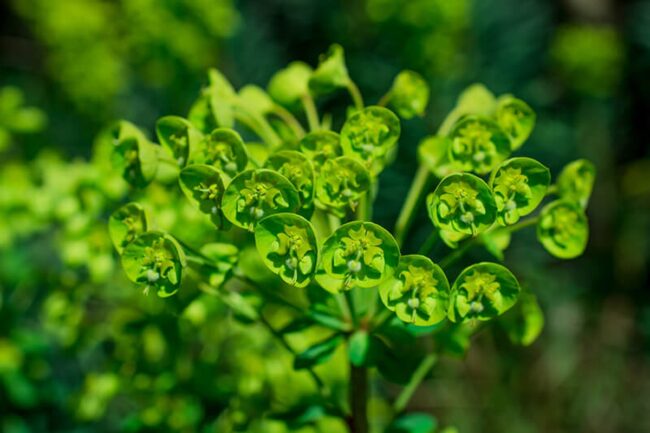
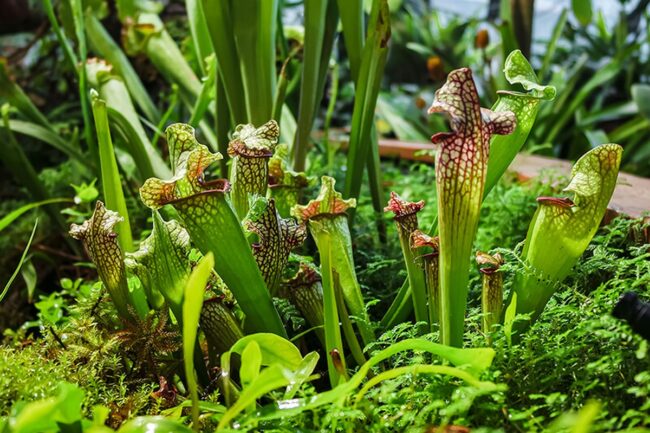
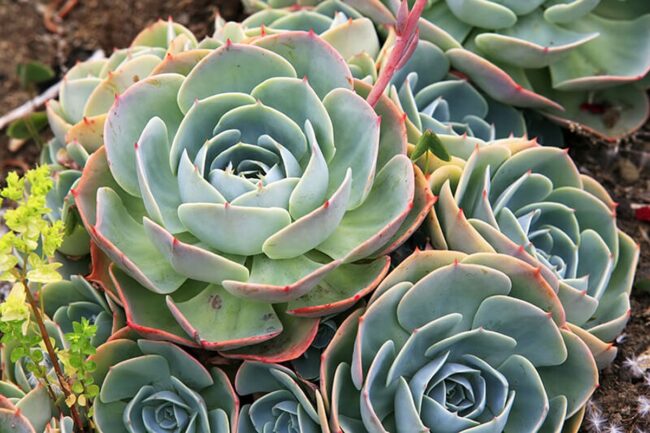
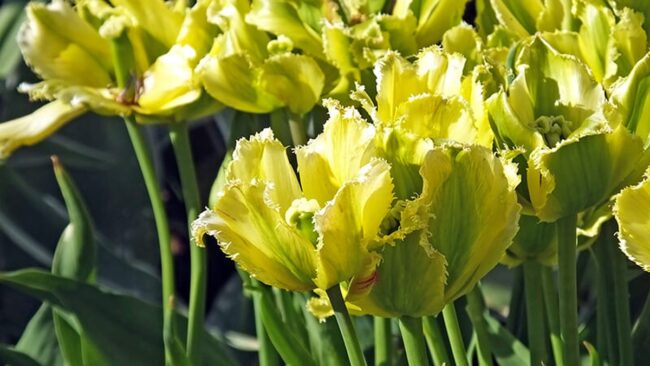
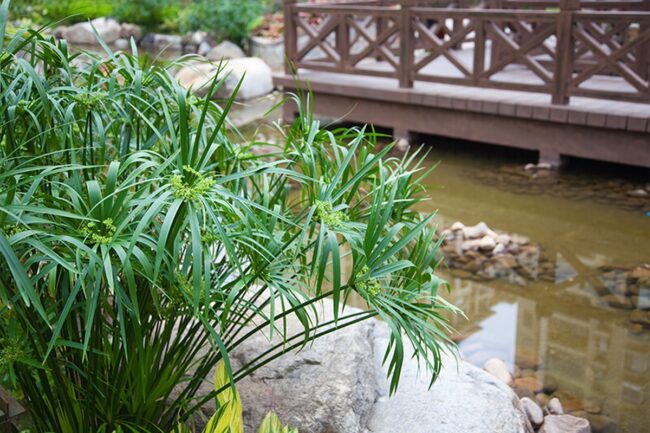
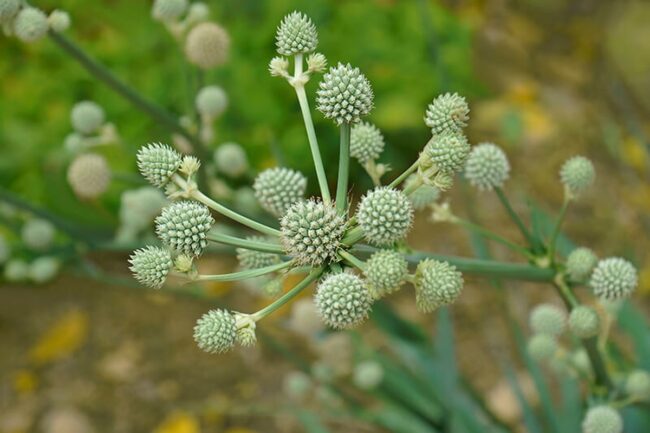
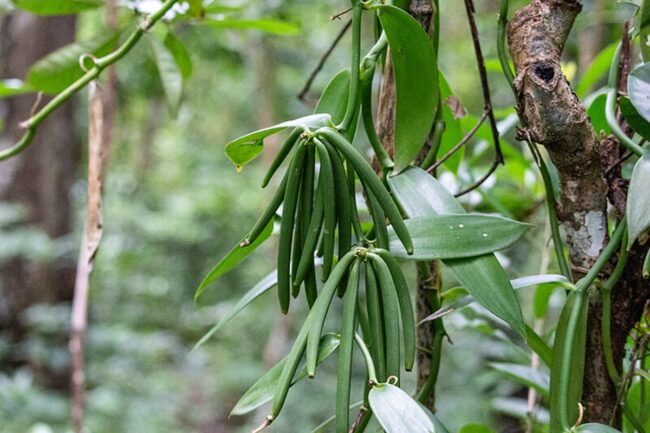
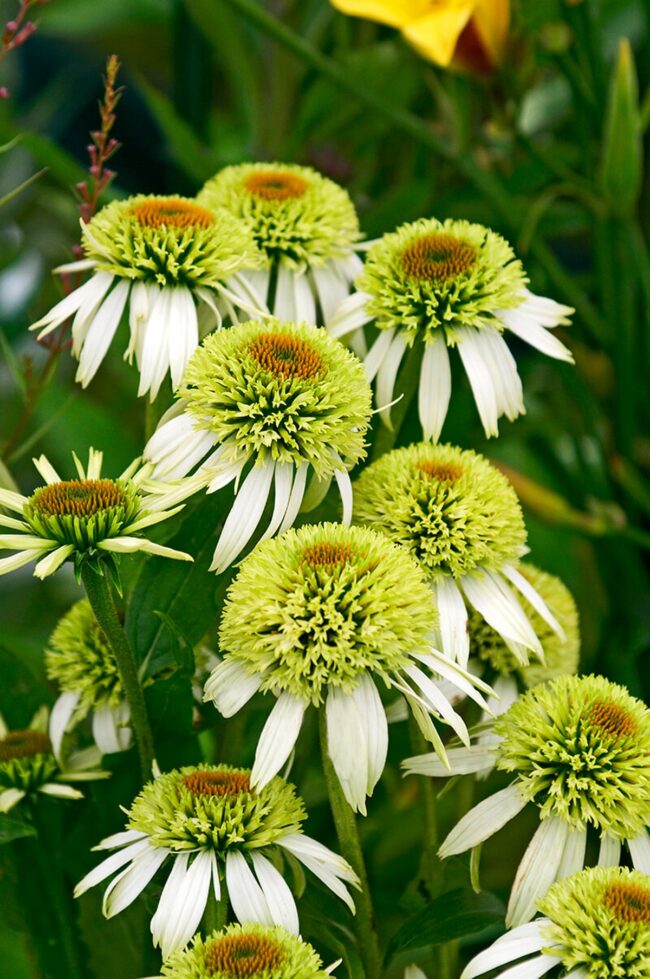
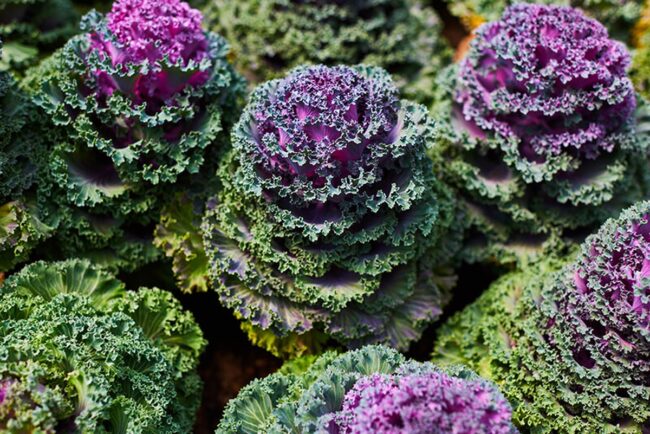
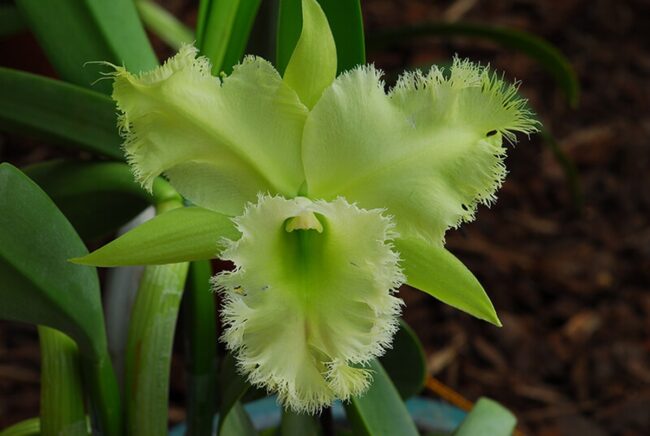
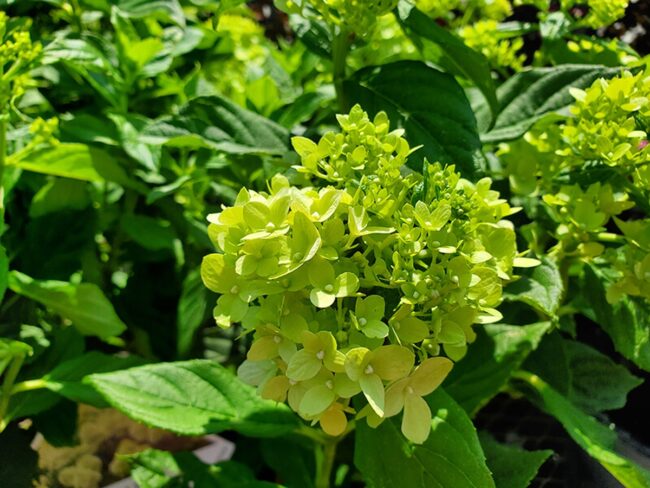
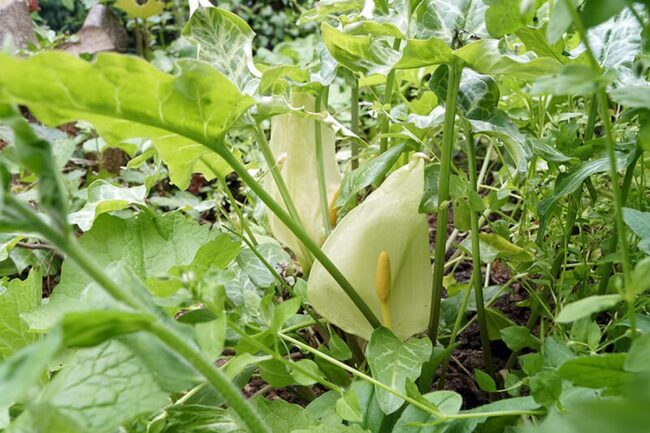
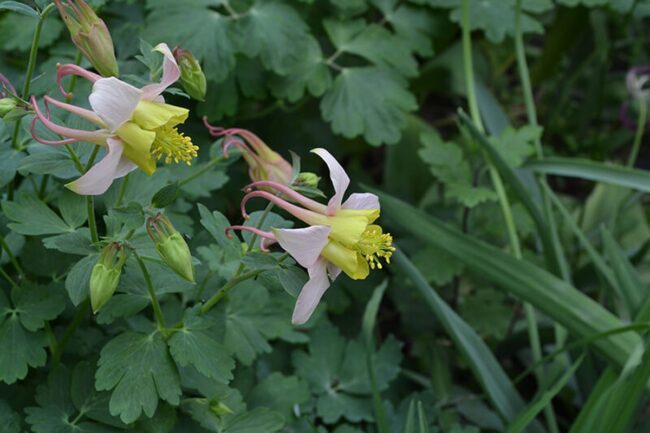
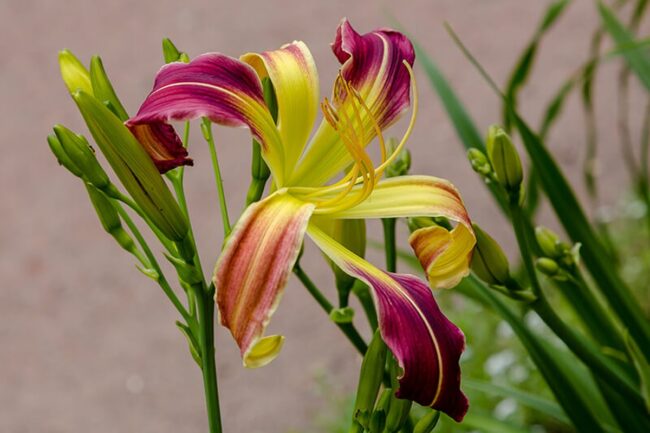
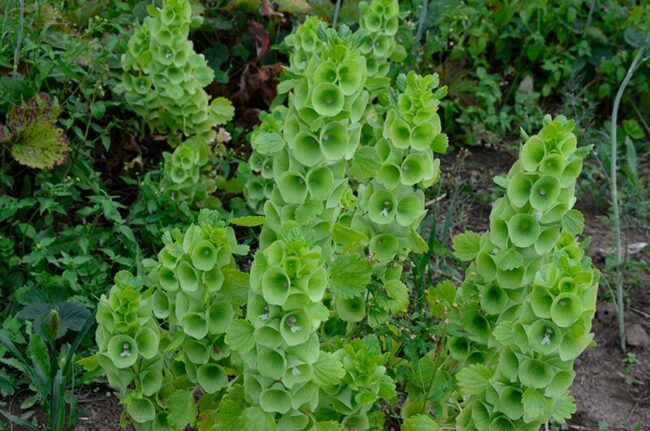
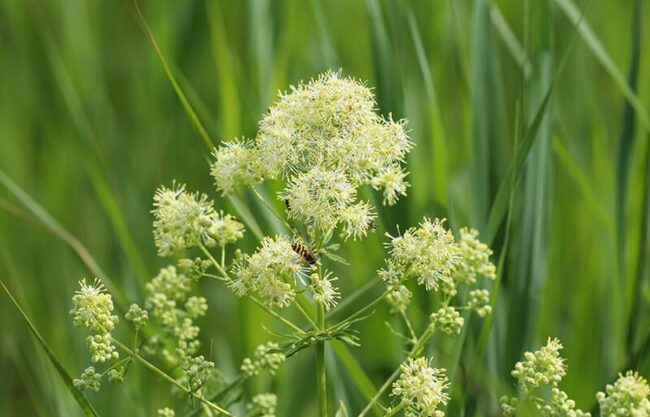
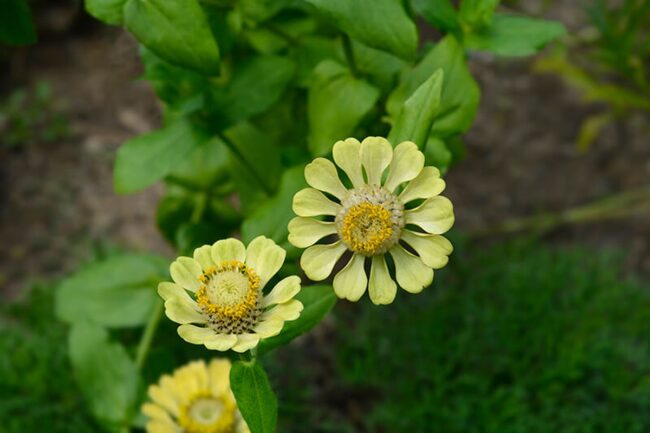
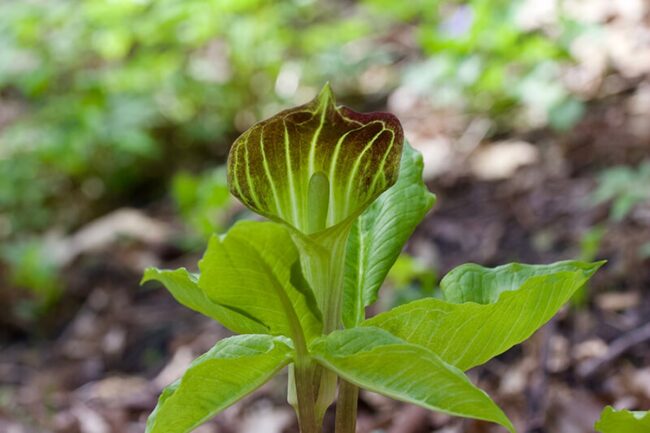
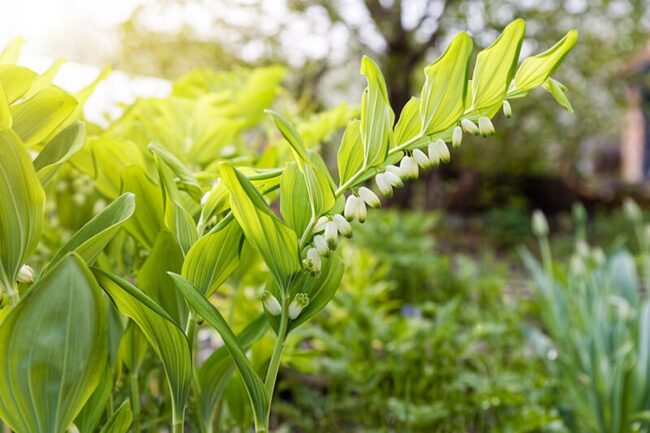
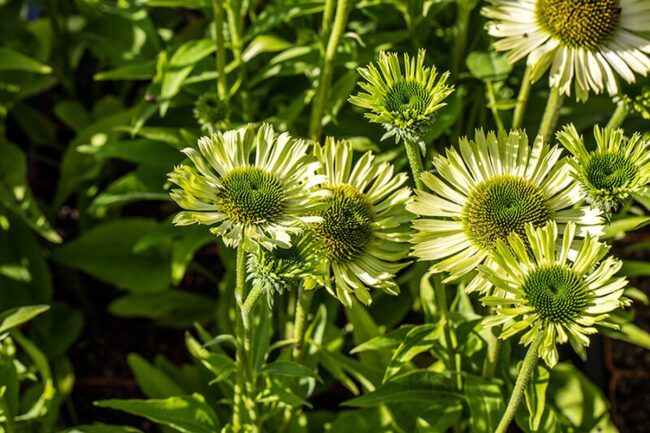
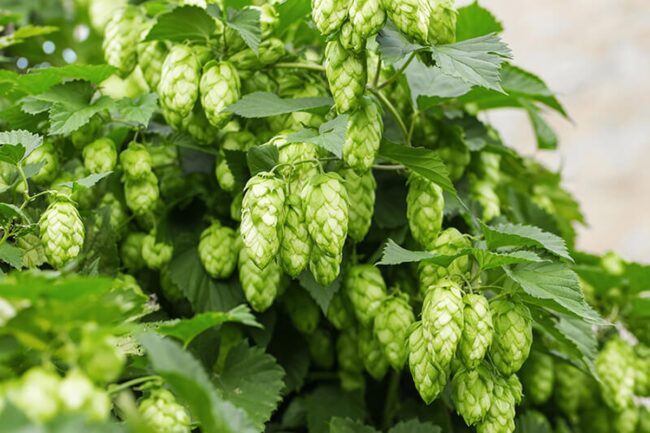
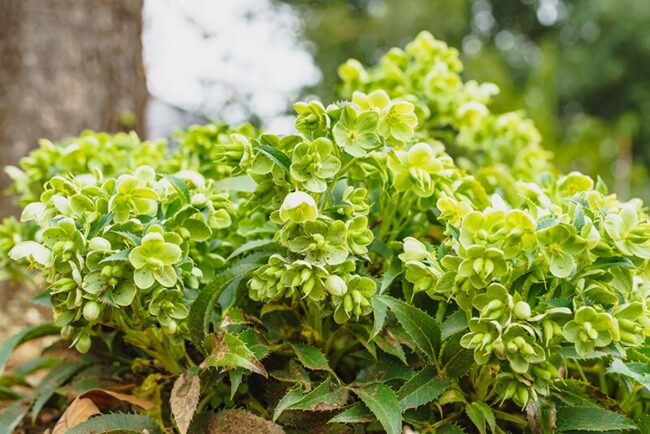
Liam Patel
Senior Editor & DIY Craftsman
Expertise
DIY home decor, interior design, budget-friendly styling, sustainable upcycling, creative crafting, editorial writing
Education
Pratt Institute, Brooklyn, NY
Liam Patel is the Senior Editor at Archeworks.org, where he shares creative DIY and home decor ideas. With a degree in Interior Design and years of experience in home styling, Liam focuses on easy, budget-friendly projects that make spaces personal and beautiful.
Liam’s tutorials, styling tips, and affordable solutions help readers design homes they love. He believes decorating is about self-expression and encourages everyone to embrace the joy of creating.